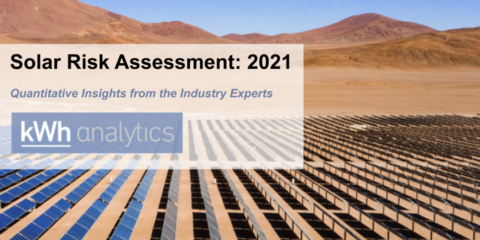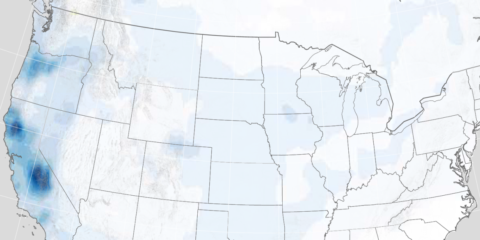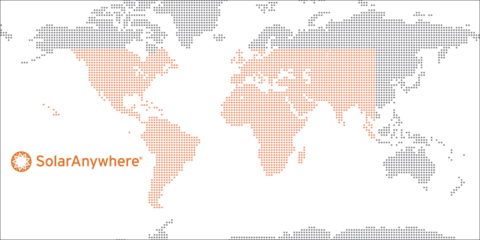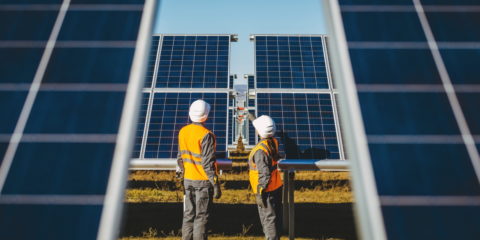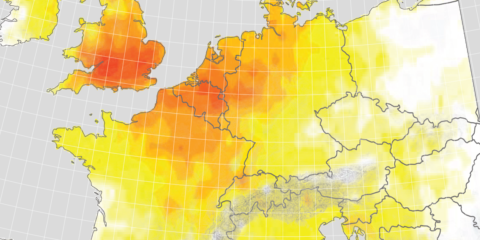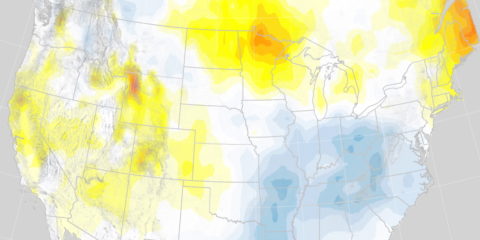No Results Found
The page you requested could not be found. Try refining your search, or use the navigation above to locate the post.
No Results Found
The page you requested could not be found. Try refining your search, or use the navigation above to locate the post.
2021 Solar Risk Assessment Report: Data insights to mitigate financial, operating and natural catastrophe risk
With solar accounting for 43% of new generation capacity in the U.S. in 2020—an industry record—the kWh Analytics’ Solar Risk Assessment report is more important than ever to maintain the collective credibility of the solar industry. The third annual installment of...
Clean Power Research & 8minute Solar Energy Partner on R&D for Probabilistic Forecasts
Renewables have dominated the growth of new bulk power generation sources over the past five years. Driven by favorable policy, rapid declines in cost, improvements in technology, and fast time to market, as of 2019, solar power plants made up 29 GW of the existing...
SolarAnywhere Version 3.5 Available: Improves Accuracy and Enables Bifacial Project Modeling
Clean Power Research is pleased to announce the launch of SolarAnywhere® version 3.5 (v3.5), which incorporates high-resolution aerosol and albedo data and enables more accurate irradiance modeling, including bifacial project modeling. SolarAnywhere v3.5 includes the...
2020 regional solar deviation summary and North American wildfire smoke impact report
Wildfires diminished total sunlight in September 2020 by up to 20%, driving potential PV plant production risk Disaster preparedness—understanding and mitigating losses due to wind, hail and fire—is now a mainstream topic in the solar industry. In the United States...
SolarAnywhere® now available for Africa and West Asia
SolarAnywhere®, the industry’s leading solar data and intelligence service, now covers Africa and West Asia. With solar resource data available from 1999 through present and forecast, SolarAnywhere customers can access the accurate, consistent data they need for...
Purchase SolarAnywhere online, anytime: bankable solar data, on demand
When you have an important solar project deadline looming, you need reliable data—fast. Now you can purchase SolarAnywhere online anytime, ensuring you have access to the bankable solar data resources you need, when you need them. Our team is here to help, but for...
Solar performance monitoring in Europe and South America just got easier with SolarAnywhere real-time data
As renewables in Europe and South America continue to surge—with Europe generating more electricity from renewables than from fossil fuels for the first time in 2020—the ability to efficiently scale management of solar assets is critical. Whether ensuring long-term...
Record climate disasters, moderate solar deviations through Q3 2020
We’re introducing a major upgrade to our SolarAnywhere® solar deviation maps! The new maps expand coverage to three continents and increase resolution to ~50 km. The maps give asset managers and owners high-level insights into the weather trends affecting the...
What’s the value of your solar data? (And why the median approach to solar resource data selection falls short)
Are the solar industry’s pre-construction production estimates too optimistic? Yes, according to several contributions to the “Solar Risk Assessment: 2020” paper published by kWh Analytics. kWh found evidence of “an industry wide bias towards aggressive predictions,”...
